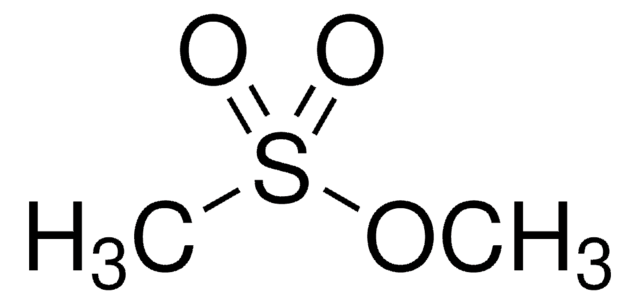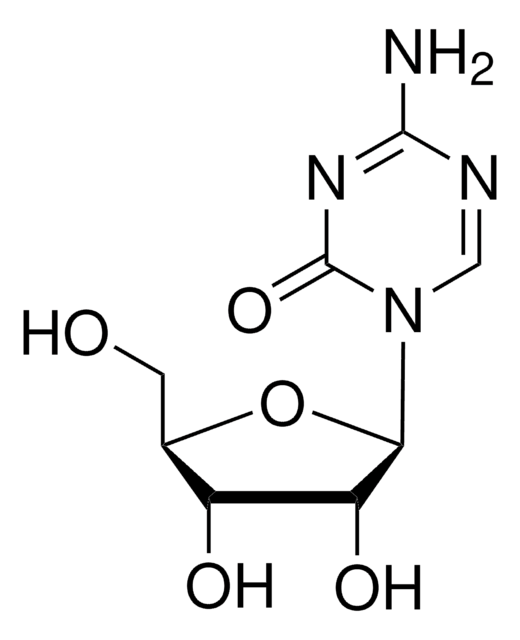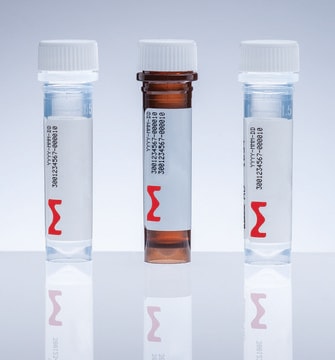N8141
4-Nitroquinoline N-oxide
≥98%
Synonym(s):
4-NQO, 4-Nitroquinoline 1-oxide
About This Item
Recommended Products
Assay
≥98%
color
yellow to brown
mp
154-156 °C (lit.)
solubility
acetone: soluble, clear to hazy
storage temp.
−20°C
SMILES string
[O-][N+](=O)c1cc[n+]([O-])c2ccccc12
InChI
1S/C9H6N2O3/c12-10-6-5-9(11(13)14)7-3-1-2-4-8(7)10/h1-6H
InChI key
YHQDZJICGQWFHK-UHFFFAOYSA-N
Looking for similar products? Visit Product Comparison Guide
Related Categories
General description
Application
Biochem/physiol Actions
Signal Word
Danger
Hazard Statements
Precautionary Statements
Hazard Classifications
Carc. 1B
Storage Class Code
6.1C - Combustible acute toxic Cat.3 / toxic compounds or compounds which causing chronic effects
WGK
WGK 3
Flash Point(F)
Not applicable
Flash Point(C)
Not applicable
Personal Protective Equipment
Choose from one of the most recent versions:
Already Own This Product?
Find documentation for the products that you have recently purchased in the Document Library.
Protocols
US EPA Method 8270 (Appendix IX): GC Analysis of Semivolatiles on Equity®-5 (30 m x 0.25 mm I.D., 0.50 μm)
Our team of scientists has experience in all areas of research including Life Science, Material Science, Chemical Synthesis, Chromatography, Analytical and many others.
Contact Technical Service









